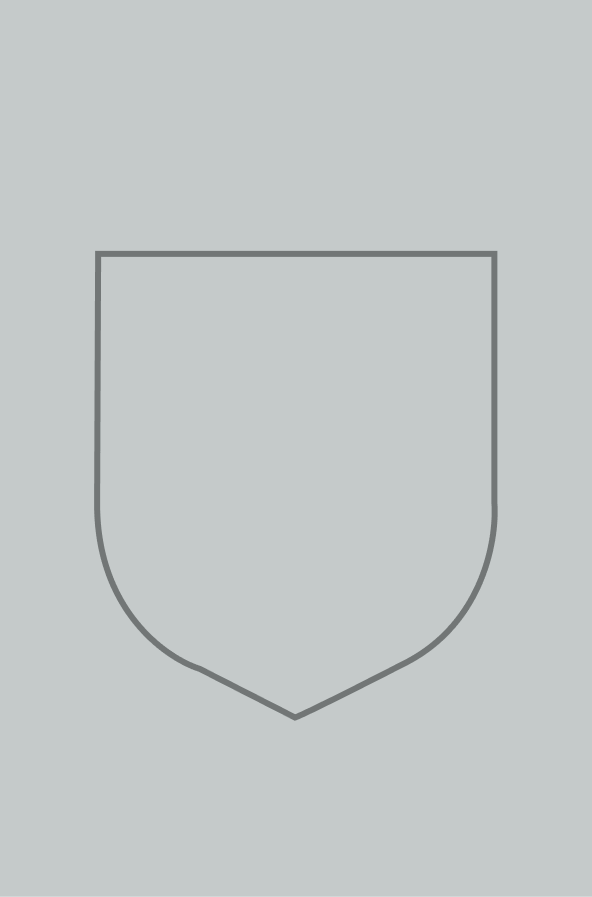Engineering Drawing

Engineering Drawing
Harwinder Singh , Guru Nanak Dev Engineering College
Experience the eBook and the associated online resources on our new Higher Education website.
Go to site
For other formats please stay on this page.
$99.99
USDThis student friendly and self-explanatory textbook attempts to help readers, engineering students in India, grasp the basic concepts of engineering drawing clearly and easily. Care has been taken to include topics that mesh well with the syllabi of most universities, colleges and polytechnic institutes in India. Important topics, such as projection of solids, auxiliary projections, section of solids, isometric projections, orthographic projections and projection of planes, have been discussed comprehensively. Heavy emphasis has also been put on the actual figures described in the text, both from the first angle and third angle projection methods. A chapter on computer graphics further integrates these concepts with modern manual computer aided design. Finally, hundreds of solved examples, practice problems and objective-type questions with answers have been added to ensure the learning objectives of each chapter have been achieved.
- Covers the fundamental concepts of manual computer aided drafting
- Chapter on Computer Graphics explains the making of figures using AutoCAD
- Rich pedagogy includes more than 400 solved examples and 275 practice exercises with 250 objective type questions with answers
Product details
August 2021Paperback
9781108707725
632 pages
240 × 184 × 28 mm
0.84kg
Available
Often bought together
A Manual of Mechanical Drawing
: Paperback
Principles of Engineering Physics 2
: Paperback
Principles of Engineering Physics 1
: Paperback
Often bought together
This title is available for institutional purchase via Cambridge Core
Learn more
Related Journals
arq: Architectural Research Quarterly
: Journal
arq publishes cutting-edge work covering all aspects of architectural endeavour. Contents include building design, urbanism, history, theory, environmental design, construction, materials, information technology, and practice. Other features include interviews, occasional reports, lively letters pages, book reviews and an end feature, Insight. Reviews of significant buildings are published at length and in a detail matched today by few other architectural journals. Elegantly designed, inspirational and often provocative, arq is essential reading for practitioners in industry and consultancy as well as for academic researchers.
Architectural History
: Journal
New to Cambridge in 2016Architectural History is a double-blind, peer-reviewed international journal that publishes significant original and interpretive research on buildings, the built environment, the history of architectural theory, and architectural historiography, in all places and periods. Articles in Architectural History are intended to be rigorous, analytical, and, although closely focused, also contextualize their subject and explore its relevance in relation to wider issues concerning the history and understanding of architecture.
Related Journals
Also by this Author
Table of Contents
- Preface
- Chapter 1: Drawing Instruments
- 1.1 Introduction
- 1.2 List of Draughting Tools
- 1.3 Drawing Board
- 1.4 Mini-Draughter
- 1.5 Small Instrument Box
- 1.6 Set Squares
- 1.7 Set of Scales
- 1.8 Protractor
- 1.9 French Curves
- 1.10 Drawing Sheets
- 1.11 Drawing Pencils
- 1.12 Paper Fasteners
- 1.13 Sand Paper Pad
- 1.14
- Eraser
- 1.15 Duster
- Exercises
- Objective Questions
- Answers
- Chapter 2: Lines, Lettering and Layout of Sheet
- 2.1 Introduction
- 2.2 Lines
- 2.3 Lettering
- 2.4 Single Stroke Letters
- 2.5 Gothic Letters
- 2.6 General Proportions of Letters
- 2.7 Drawing Sheet Layout
- 2.8 Title Block
- Exercises
- Objective Questions
- Answers
- Chapter 3: Principles of Dimensioning
- 3.1 Introduction
- 3.2 Types of Dimensions
- 3.3 Elements of Dimensioning
- 3.4 Execution of Dimensions
- 3.5 Placing of Dimensions
- 3.6 Methods of Dimensioning
- 3.7 Principles of Dimensioning
- Exercises
- Objective Questions
- Answers
- Chapter 4: Sections and Conventions
- 4.1 Introduction
- 4.2 Cutting Plane or Sectional Plane
- 4.3 Section Lines or Hatching Lines
- 4.4 Types of Section
- 4.5 Conventions for Various Materials
- 4.6 Conventional Breaks
- 4.7 Conventional Representation of Common Features
- Exercises
- Objective Questions
- Answers
- Chapter 5: Geometrical Constructions
- 5.1 Introduction
- 5.2 Bisection of a Straight Line
- 5.3 Dividing a Line Into Equal Parts
- 5.4 Draw a Line Parallel to a Given Straight Line
- 5.5 Bisect an Angle
- 5.6 Find the Centre of an Arc
- 5.7 Constructing an Equilateral Triangle
- 5.8 Construct Squares
- 5.9 Construct a Regular Polygons
- 5.10 To Draw Tangents
- 5.11 Inscribed Circles
- Exercises
- Objective Questions
- Answers
- Chapter 6: Scales
- 6.1 Introduction
- 6.2 Representative Fraction or Scale Factor
- 6.3 Scales on Drawings
- 6.4 Types of Scales
- 6.5 Plain Scales
- 6.6 Diagonal Scales
- Exercises
- Objective Questions
- Answers
- Chapter 7: Orthographic Projections
- 7.1 Introduction
- 7.2 Methods of Projections
- 7.2.1 Perspective Projection
- 7.2.2 Parallel Projection
- 7.3 Planes of Projection
- 7.4 Four Quadrants
- 7.5 First-Angle Projection
- 7.6 Third-Angle Projection
- 7.7 Symbols Used for First-Angle Projection and Third-Angle Projection Methods
- Exercises
- Objective Questions
- Answers
- Chapter 8 Projections of Points:
- 8.1 Introduction
- 8.2 Projection of a Point Lying in the First Quadrant
- 8.3 Projection of a Point Lying in the Second Quadrant
- 8.4 Projection of a Point Lying in the Third Quadrant
- 8.5 Projection of Point Lying in the Fourth Quadrant
- 8.6 Special Cases
- 8.7 A Point is Situated in the Three Planes of Projection
- Exercises
- Objective Questions
- Answers
- Chapter 9: Projections of Lines
- 9.1 Introduction
- 9.2 Position of a Straight Line
- 9.3 Line Parallel to Both HP and VP
- 9.4 Line Inclined to One Plane and Parallel to the Other
- 9.5 Line Perpendicular to One of the Planes
- 9.6 Line Contained by One or Both of the Principal Planes
- 9.7 Line Inclined to Both HP And VP
- 9.8 Line Contained by a Profile Plane (PP) or Line Contained by a Plane, Perpendicular to Both HP and VP
- 9.9 Traces of a Line
- Exercises
- Objective Questions
- Answers
- Chapter 10: Projections of Planes
- 10.1 Introduction
- 10.2 Types of Planes
- 10.3 Traces of Planes
- 10.4 A Secondary Plane in Different Positions with Respect to the Principal Planes
- 10.5 Projections of Plane Parallel to One of the Principal Planes
- 10.6 Projections of Plane Perpendicular to Both HP and VP
- 10.7 Projections of Plane Inclined to One of the Principal Planes and Perpendicular to the other Plane
- 10.8 Projections of Plane Inclined to Both the Principal Planes
- Exercises
- Objective Questions
- Answers
- Chapter 11: Auxiliary Projections
- 11.1 Introduction
- 11.2 Types of Auxiliary Planes and Views
- 11.3 Projections of Points
- 11.4 Projections of Straight Lines
- 11.5 Projections of Planes
- 11.6 Shortest Distance between two Skew Lines
- Additional Problems
- Exercises
- Objective Questions
Browse by related subject
- Aerospace engineering
- Biomedical engineering
- Chemical engineering
- Circuits and systems
- Civil and environmental engineering
- Communications, information theory and signal processing
- Computer engineering
- Control systems and optimization
- Electromagnetics
- Electronic, optoelectronic devices, and nanotechnology
- Energy technology
- Engineering design, kinematics, and robotics
- Engineering mathematics and programming
- Engineering: general interest
- Image processing and machine vision
- Industrial manufacturing, and operations engineering
- Materials science
- Polymer science and engineering
- RF and microwave engineering
- Solid mechanics and materials
- Technology management
- Thermal-fluids engineering
- Wireless communications

